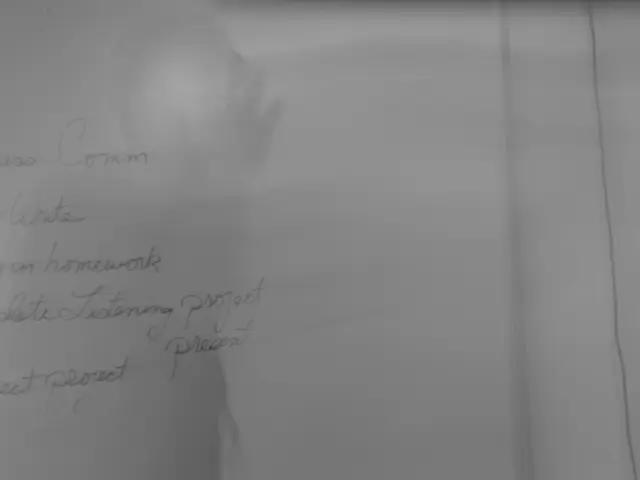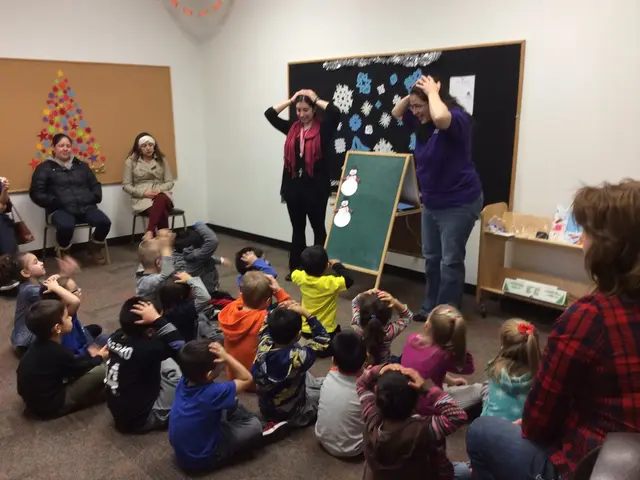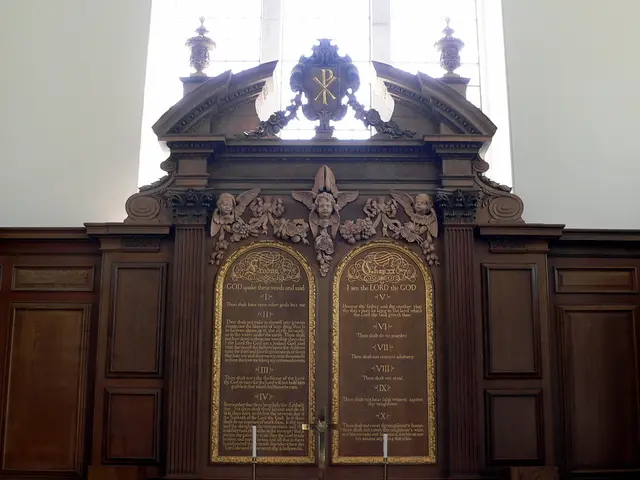From Troubled Students to Nobel Laureates: Frances Arnold and Albert Einstein's Unconventional Paths
Frances Arnold and Albert Einstein both faced unconventional educational paths before winning Nobel Prizes. Arnold, a 2018 Nobel laureate in Chemistry, had a turbulent start, while Einstein, who won the 1921 Physics prize, was once a mediocre student.
Arnold's journey began with disruptive behaviour in class. She was often given projects to keep her occupied. By her teens, she stopped attending school and was eventually expelled. Similarly, Einstein skipped classes at Zurich Polytechnic School, now ETH Zurich, and wanted to study physics exclusively. He finished second-last in his class in 1900.
Both laureates, however, found support along the way. For Einstein, it was his physics teacher at the Luitpold Gymnasium, who recognised his talent and encouraged him. For Arnold, her high school geometry teacher allowed her to take high school courses at the age of 10, recognising her advanced mathematical abilities. David Card, the 2021 Nobel laureate in Economics, also had an unconventional start, attending a small one-room schoolhouse with around 30 students at different grade levels.
Despite their unconventional educational beginnings, Arnold and Einstein went on to make significant contributions to their fields. Arnold's work in directed evolution led to the development of new enzymes and biofuels, while Einstein's theory of relativity revolutionised our understanding of space, time, and gravitation. Their stories highlight the importance of mentors and the potential for exceptional talent to overcome early educational challenges.
Read also:
- Overcoming Yielding Regulations Hurdles in Indian Export Sector for EU Markets
- Solar Supply Crunch Challenges Global Energy Transition as U.S. Senate Approves Clean Energy Infrastructure Bill
- Palisades Fire Threatens UCLA Neighborhoods, Resident Proposes Rezoning
- Maximizing Business Agility and Efficiency through Hybrid Cloud: Unveiling the Advantages




